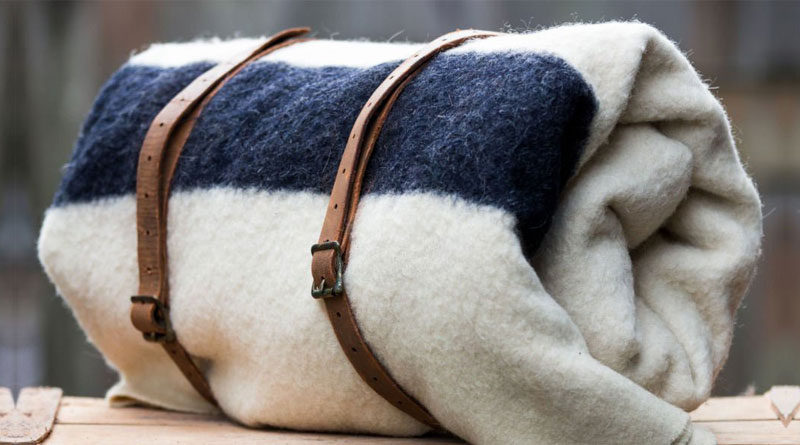How to Make a Hammock from a Blanket?
Making a hammock from an old wool blanket is easy and cheap. All you need is an old blanket and a set of ropes, and you are good to go. So, in this article, I will show you the step-by-step process and some features of a blanket hammock.
Why use Blankets?
Using a blanket is a cheaper way to make a hammock. It’s easy to set up in the field because it does not require a lot of accessories. Also, if you use a wool blanket, it’s going to provide some bottom insulation because it doesn’t compress with your body weight, which is a common problem with sleeping bags. A wool blanket insulation can be enough for summer nights and chances are, you won’t need an underquilt underneath. Finally, you won’t have to carry a dedicated hammock, which can save some weight if you are backpacking.
What about Ropes and Knots?
You would need a length of rope, which isn’t very stretchy. Use pre-stretched cordage so it’s not going to pull or stretch once this is up. If you use a stretchy cord, the whole thing is going to drop down and you will be lying on the ground. Make sure the cord has the strength to hold your body weight. Usually, the cord rated to hold 550 pounds is going to work fine. Knots are also very important. You need to make sure that all the knots are tight and secure to prevent unnecessary sagging. This will make sure you have a nice and taught hammock all night long.
Tie the Hammock
Once you gather all the essential accessories, it’s time to tie the hammock. You can tie the hammock to the trees, beams, branches, or removal posts. Attach the rope to both ends of the blanket and make sure the knots are tight and secure. Tie the other ends of the rope to the trees or wherever you want it. Test the strength of the newly formed blanket hammock before climbing. You can check the strength by tugging it vigorously on all sides. You may need some fine-tuning after you hang it. Make fine tuning by adjusting the ropes by tightening or loosening them.
Blanket Hammock Features
Here are some of the key features of this hammock:
- Blanket hammock is cheap, easy to set up, and a versatile option.
- You also get some bottom insulation because you are not compressing anything underneath.
- Getting into this hammock is a little bit more difficult than your usual hammock. You need to spread it, sit onto it, and then you can lay in it.
- The chance of falling is also great because DIY knots can fail any time. You can also roll out easily.
- You can also use the sides as a blanket for some top insulation and you will be relatively warm.
- These blankets don’t provide much room to move around. It’s also difficult to get down on your side. But if you are a back sleeper, it’s going to work just fine.
It’s always a good idea to use a dedicated hammock for camping and backpacking. But in the summer months, especially, if you are out doing like some sort of nocturnal animal watching, it’s an ideal way to watch nature for a few hours.




